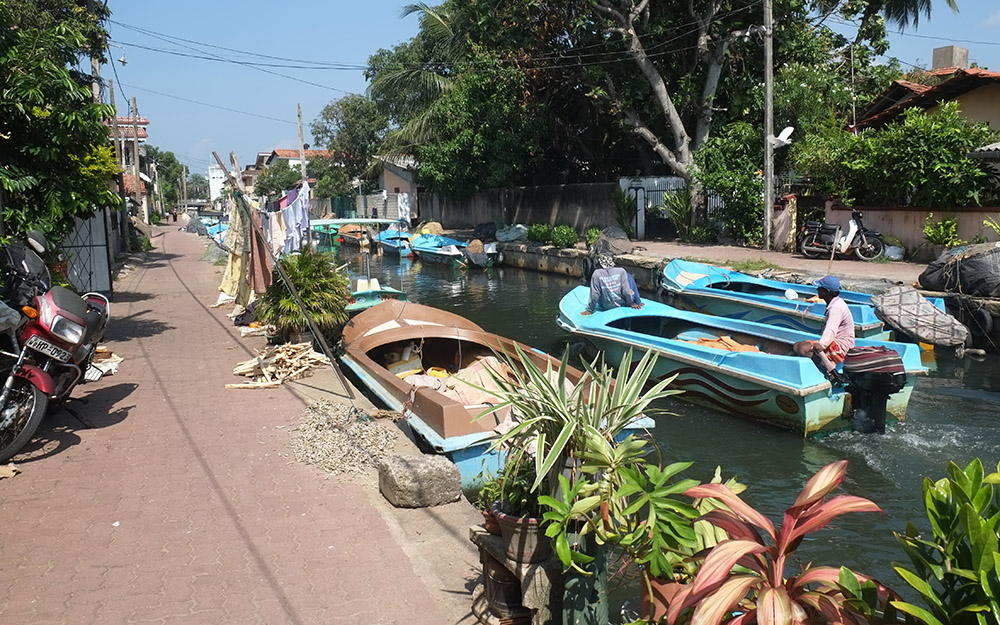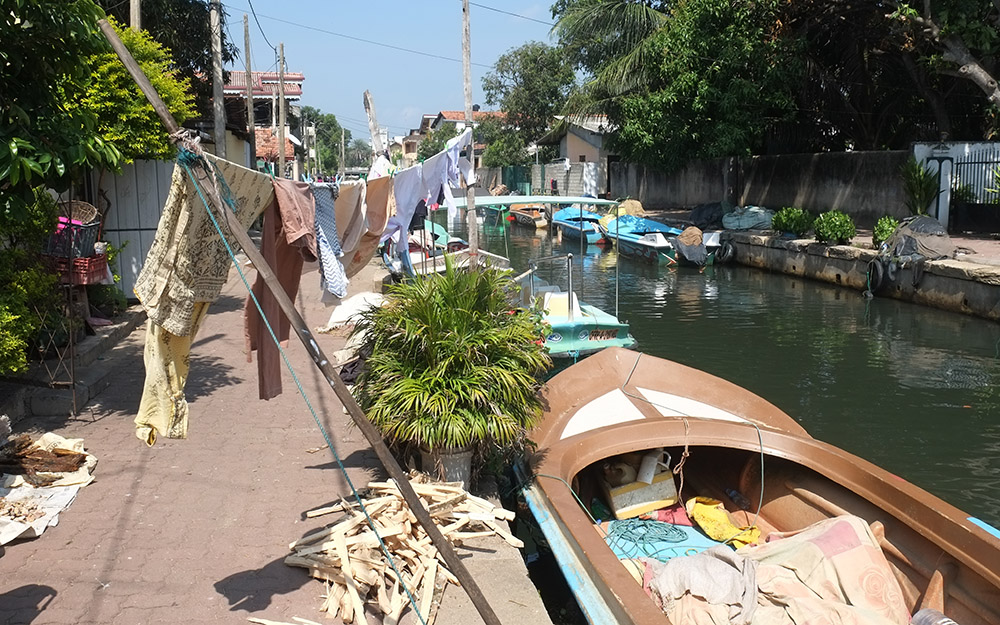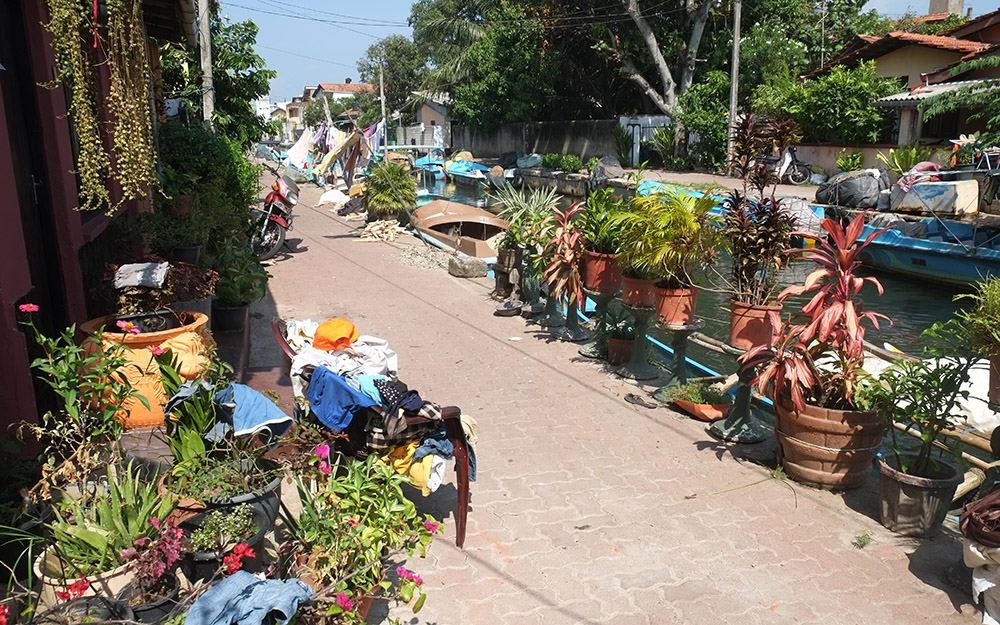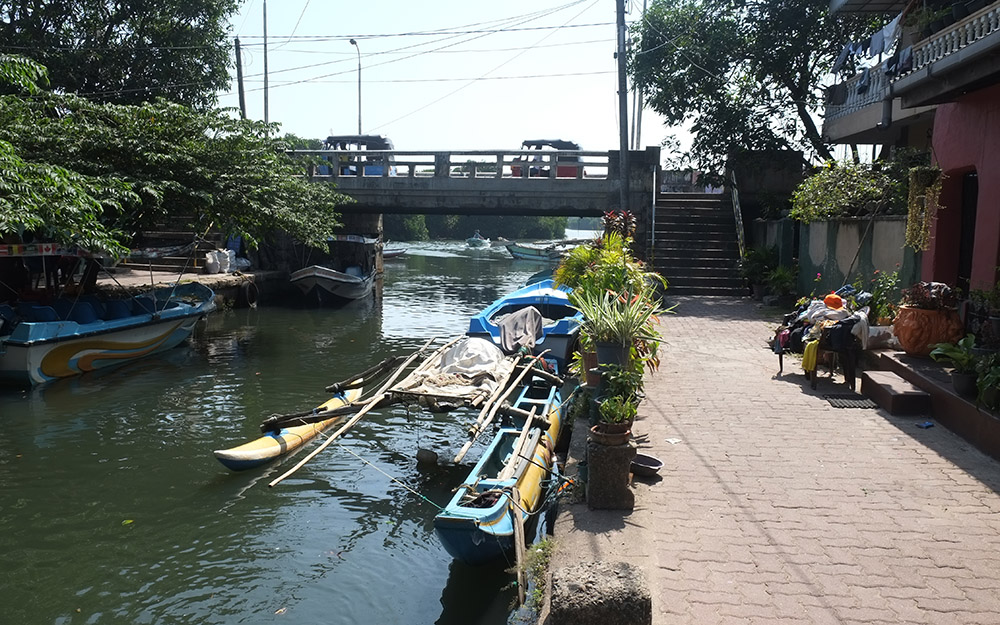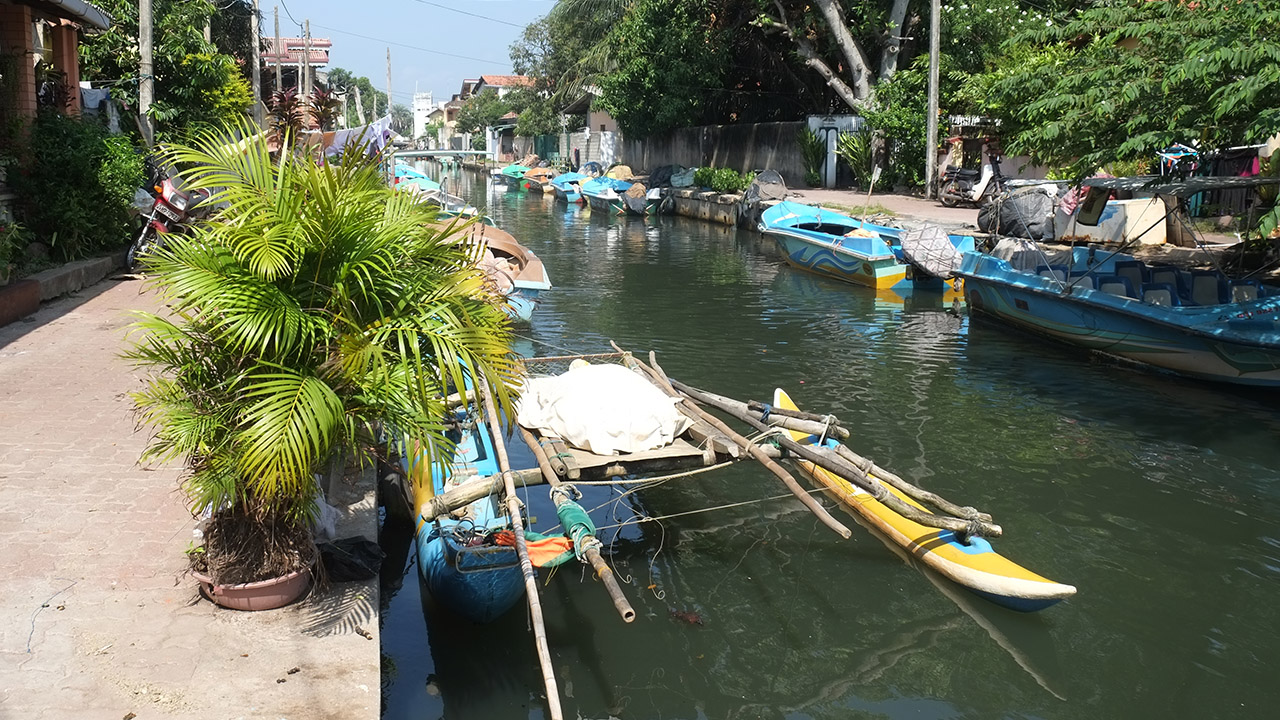Hamilton Canal, a water highway through the heart of Negombo
For nine miles of its length from Colombo to Puttalam, the Hamilton (or Dutch) Canal passes through the heart of Negombo.
In the 15th Century, King Vira Parakrama Bahu VIII of Kotte started building a network of canals to Negombo to transport cargoes such as precious stones, pearls, spices such as cloves, cardamom, pepper and—most prized of all—cinnamon.
These goods were destined to be exported in the seafaring ships sailing from Negombo port.
The Portuguese, then the Dutch with their expertise in waterways, expanded the system by extending it from Colombo to Puttalam through the Negombo and Chilaw lagoons.
Padda boats—flat bottomed and with removable roofing—were either punted or towed by men in double harness walking along the canal banks.
Improved
The canal was improved and strengthened in 1802 by the British with the support of Gavin Hamilton, the Government Agent of Revenue and Commerce.
A new section of the canal was built to drain the Muthurajawela wetlands, which had been damaged by the Dutch.
Unfortunately, it had the opposite effect as the coastal tides brought increasing salinity from the Negombo lagoon.
Fishermen live alongside the canal in the town, using the towpath to store and repair their nets. Most evenings they take their boats down the canal and out to sea for a night’s fishing.
Boat trips are run from town, either north to the Maha Oya, or south towards Colombo through the Muthurajawela wetlands. Cycling and walking the towpath is another popular option.
In 2012, the Sri Lanka Land Reclamation and Development Corporation began restoring the canal. The first stage was to the north of town between Maha Oya and Negombo, while the second phase is from Kelani Ganga travelling north to Negombo.

